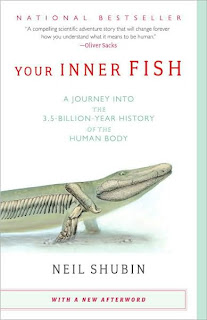During the Pleistocene epoch, colossal relatives of many familiar present-day creatures roamed the earth. Some of these formidable megafauna species vanished abruptly (in what paleontologists like to call
blitzkriegs) while some faded out gradually.
Once and Future Giants: What Ice Age Extinctions Tell Us About the Fate of Earth's Largest Animals by Sharon Levy is a safari through the Pleistocene and the (ongoing) Holocene epochs acquainting us with behemoths then and now. In the author's own words:
This book tells the story of the megafauna and us. It is a tale of human coexistence and clashes with giant animals, past and present, and our responsibility toward them in the future.
Just as the struggles of surviving megafauna offer clues about how and why their lost cousins perished, Pleistocene extinctions offer lessons that can be critical for the conservation of megafauna living today.
 |
| Book review: Once and Future Giants by Sharon Levy |













